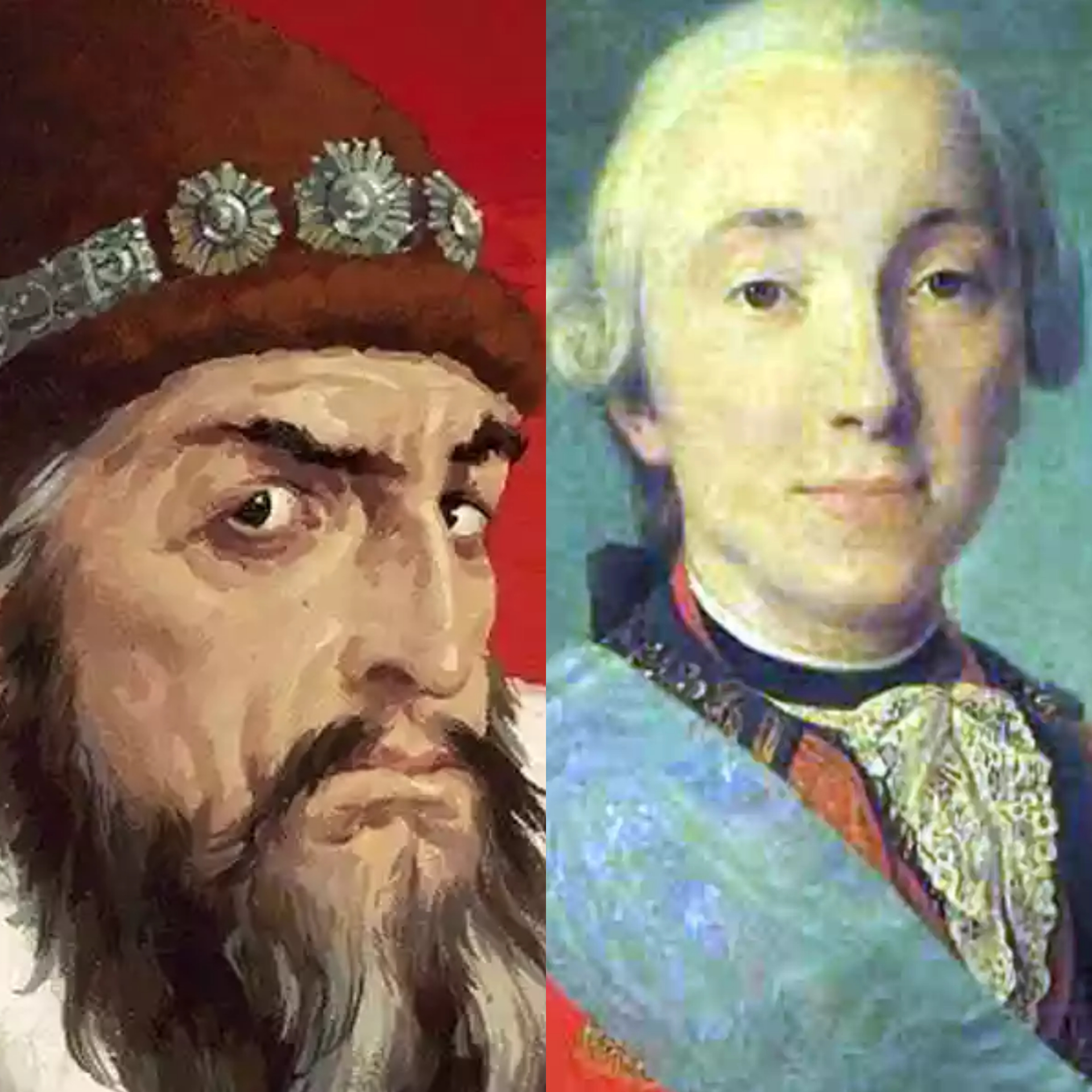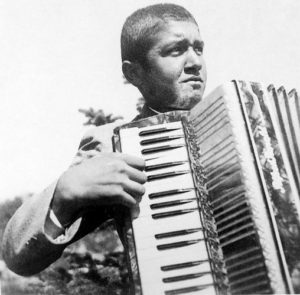Istanbul Institute of
Russian and Sovietic Studies

The film did not attract public interest when it was shown both in Mexico and in USA. The box office was a complete failure. Moreover, Spanish media reported that the film triggered racist attacks in Mexico. So was the reason for the lack of public interest to the film a deep reaction to bring the indigenious X white distinction and discrimination back to the top of the agenda?
In the modern-post-modern world, the relation between art and politics is as corrupted as the relation between art and the market. This relationship takes its roots from Trotsky’s art doctrine: Trotsky rejects all kinds of formalism in art, thus he rejects art education, institutionalization in art, and the patronage/support of the state apparatus on/for art. Continue reading “The Autopsy of the Film ‘Roma’: Why did Alfonso Cuaron discredit his own masterpiece? – Ali Polat, Engin Kurtay”



